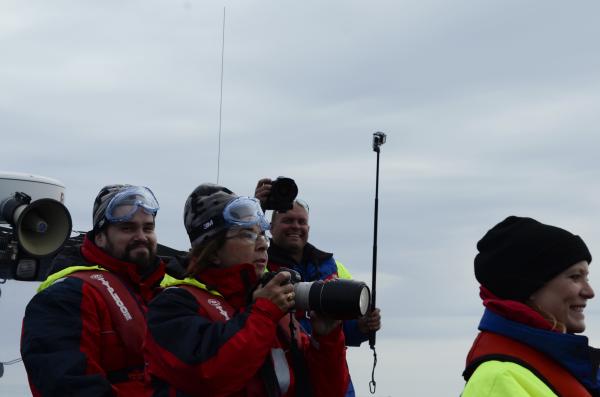
What camera equipment is recommended for the tours?
Nothing beats a good DSLR camera with a good zoom lens but not everyone has the funds, luggage capacity or photography interest to have such equipment and that's ok. If it's just memories you're looking for then a phone will most likely be all that you need. However there are a few things to keep in mind.
Here we are going to discuss in more detail about the best equipment, setting and the formats we recommend you using. Also, what to think about on our whale watching tours so that you can be as prepared as you can and get the best footage possible to remember your adventure for years to come.
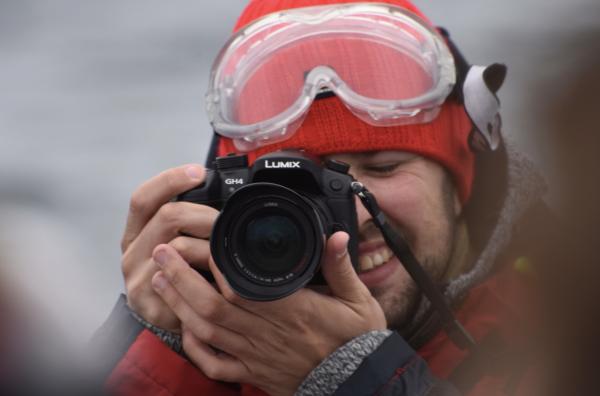
The DSLR camera
For the camera novice a DSLR is a digital camera where you can change the lenses. This is what wildlife photographers use and for good reason, they allow you to take AMAZING photographs with very high quality even in very challenging conditions. However, It's not all about the camera but also the lens to optimise the quality of your photographs.
The lens is the most important piece of equipment to worry about here as it needs to deal with sudden distance changes of the whales from the boat. One minute they could surface more than 200m from us, the next within 10m, so a lens with a variable zoom would be beneficial. Another point to keep in mind is if you come in the wintertime. The light on our tours can be very low and if you don't want to lose quality of your photos you need a lens with a low aperture setting. Unfortunately the lower aperture the lens allows the more expensive it is. This is then up to you what you are willing to pay for. Light is of course a huge factor if you're joining us on a northern lights cruise also.
Summer: In the summertime, light is not a problem so don't worry about the aperture ability of your lens, just the zoom capability. We suggest a single lens that can switch between wide angle and zoomed in so that you don't need to change your lenses between taking a picture of a whale behind passengers or with the beautiful Icelandic background to a close up picture of a whale blow, water cascading from a whales fluke as it descends into the deep or more incredibly a whale beaching out of the water.
Elding recommendations: You can't go far wrong with a lens with a min. focal length between 16mm-24mm to a max. 200-300mm.
Winter: In the wintertime we have very little daylight. The shortest day is December 21st where we have 4 hours between sunrise and sunset. If it's overcast then light availability is very low and a lens that can handle that whilst keeping a fast shutter speed without increasing the ISO to high, which causes grainy pictures is important, especially if you want to get a sharp picture of a speedy minke whale or white-beaked dolphin.
Elding recommendations: A lens with a low aperture (f/2.8 or lower) is important.

The GoPro
GoPro's are fantastic for quality footage and just so light and small to pack away in your luggage however they are only good if whale and dolphin encounters are within 20m or so from the boat otherwise it's a dot in the background. Of course sometimes the whales and dolphins are in a sociable mood and come and interact with the boat and then the GoPro is great but this is not a common occurrence.
Elding recommendations:
A tour that a GoPro would be awesome for is our premium whale watching tours (12m rib tour) that we operate between April - October. This fun, intimate, fast paced adventure is what the GoPro was designed for. The ride alone looks great on a GoPro and as if the whales and dolphins decide to come close it's an added bonus to your footage. If they choose to come and interact you may also be lucky to get some underwater footage too.
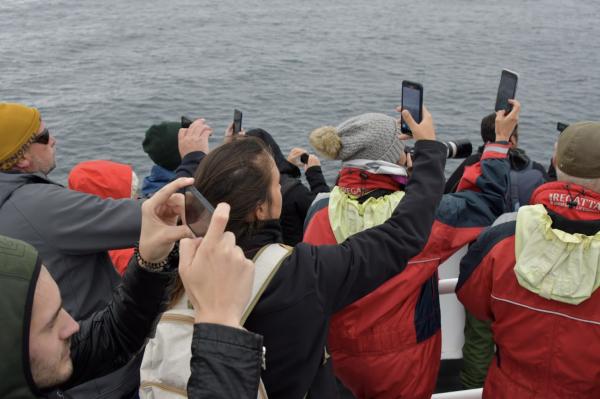
The smart phone
Your mobile phone is something you always have easy access to and the photography ability of phones is getting more and more impressive as they evolve. They are not great for photographing fast moving objects or objects in the distance but if a memory is all that you're after then the phone is perfect.
Elding recommendations: Whales and dolphins are fast moving, unpredictable animals most of the time so you are more likely to get them on your screen if you use video mode rather than photo mode. Also, you have the added bonus of all the excitement of everyone in the background too, you may even capture something amazing that even the most experienced photographer was too slow to get. When taking a video remember to turn your phone to landscape to get more in your footage.

The drone
Drones have increased in popularity in the last few years - and for good reason! Their bird's eye footage is priceless and they have even become a huge asset in whale and dolphin research and conservation. The disadvantage of them however is that they can be rather disruptive to others and issues with the equipment is not uncommon out at sea.
Elding recommendations: Although drones are prohibited on our scheduled tours, you can book a private tour with prior consent from Elding to operate the aircraft on board. Keep in mind that you will need to comply with local UAV regulations and may also need a separate permit from the Icelandic Transport Authority to fly.
What else to think about?
Iceland can be very cold even in the summer. This can reduce battery charge quickly so remember to bring extra batteries, phone charger or battery pack with you at all times so that you don't miss out.
No more room for memories. It's so annoying when something amazing happens and you have not enough room on your phone or camera's memory card. So remember to bring extra memory cards or make space on your phone before your vacation.
The weather can change fast in Iceland and one minute it's sunny the next it's raining. Splashes from the sea can also come onboard so bring something with you to protect your phone/camera from the water.
On each tour our guides do what they can to take photos for their guests, however this is not guaranteed. Depending on the weather, the guide's photographic experience, unpredictability of the wildlife and other duties they need to do onboard sometimes it's not possible. However, you can always ask by sending us an email to elding@elding.is and specifying the date and time and type of tour you were on. If photographs were taken we would be happy to share them with you free of charge.

